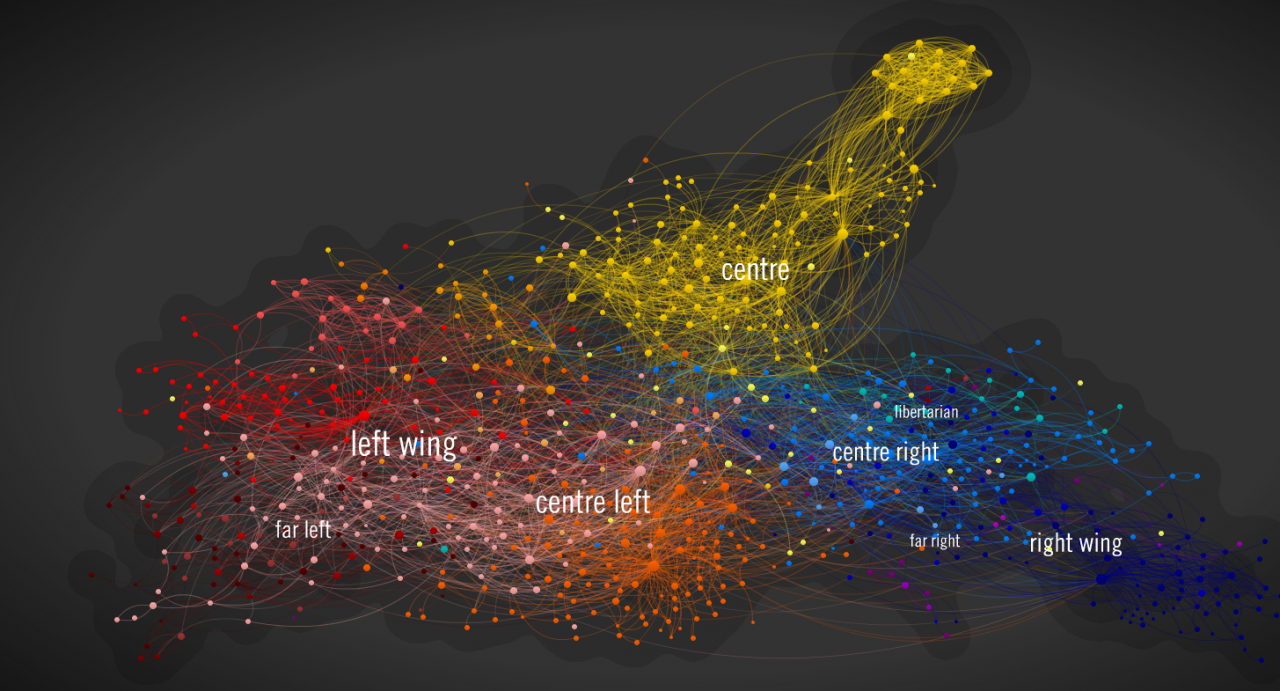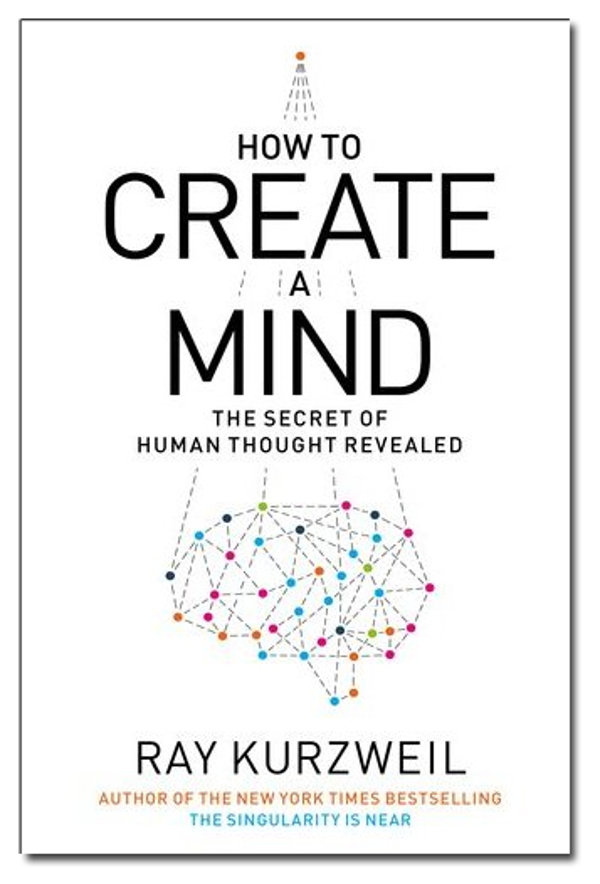
It is no secret that branding begins in the brain.
When we see a brand name or hear a sound identity, our brain releases neurotransmitters such as serotonin or dopamine, which communicate brand association throughout our brain and body, impacting our mood, our perspective, and ultimately our decisions. These chemical reactions are quite powerful, but just how impactful depends on the brand equity – this is why so many businesses seek to build brand equity to register tangible growth in demand.
Yet there is another form of brand equity that often goes unchecked: the accumulated and stored perceptions that now exist in social media networks, what I refer to as the “collective brain.”
I have been actively following the recent evolution of how the brain processes knowledge, led by scientists like Ray Kurzweil. These advances are now bringing concrete results such as automated speech recognition tools – Siri being a familiar example – that use models regarding how our brain processes such data flows.
For us as brand consultants, this is a topic that should have our outmost attention since the brain is the depository for brand equity — understanding it could unlock very powerful implications for better branding. After all, as brands are a collection of perceptions shaped through experience, they arguably exist only in our minds, don’t they? This was true until recently, but perhaps not any more.
Consider that brands now exist in a new depository, one that is alive and that can be very influential: the collective brain of social media networks. This is especially true in China where I live and work, where social media is much more developed than in Europe or the United States. Tencent’s WeChat, for example, boasts cross-functionality from ridesharing to mobile wallets to restaurant reviews that have helped the platform grow to over 700 million Monthly Active Users (MAUs) – roughly equivalent to the combined populations of Germany, the UK, Italy, France, Spain, Turkey, and the United States.
Understanding brand equity
Brand equity is a value that accumulates and varies over time. It is a cultural value that only exists because people form and accumulate perceptions and beliefs when a brand communicates with them – or when they interact with products and services, therefore enjoying the brand experience. These beliefs are not totally vain, they can help people in some tasks and situations, for example, facilitate the selection of a product or a service. These beliefs can also take the shape of stories that enchant people’s experience of the world — think about the addictive enchantment that Starbucks creates with the morning line-up at the closest store, assisting white collars to ritually start the day.
For brands, this equity translates into repeat sales at a premium. It is highly desirable.
So it is easy to understand why most brands are conducting brand equity tracking as part of their brand management process. They commission researchers to conduct regular (usually annual) surveys involving hundreds or thousands of respondents, so as to gauge different levels of brand equity accumulated in the minds of their target stakeholders. It is not a small process, and it gets easily biased if not done with care and precision, since we need to tap into people’s foundational beliefs through a questionnaire and declarative answers. Researchers and brands must hope that consumers’ declarations received through these studies are a reliable depiction of their mental state and beliefs.
Brand equity is studied through a diffraction of 4 relatively independent dimensions:
- Differentiation — the brand’s distinct personality or features.
- Relevance — the brand’s awareness and fit with personal needs.
- Esteem — the brand’s degree of recognition and respect; how easily consumers can forgive the brand.
- Knowledge — the brand’s ability to influence the behavior, actions, and lifestyles of its consumers; how much the consumers embody the brand’s inner workings.
Traditional brand equity versus social media brand equity
In the traditional brand equity approach, there are certain questions to be asked:
- Differentiation — Is the brand known for distinct feature of personality?
- Relevance — Is the brand meaningful?
- Esteem — Is the brand well-liked and respected?
- Knowledge — Is the brand influential?
Social media brand equity uses no questionnaire nor does it require consumers to fill in additional information about a brand; rather, it draws upon information from millions of people that is already present in the collective brain. Thus, content accumulated in social media networks offers a relatively cheaper and more accessible way for a brand to measure brand equity that is collectively built.
Social media brand equity can be measured by analyzing:
- Differentiation — Shape and polarization of word clouds associated with the brand in social media discourse
- Relevance — Comparative presence of the brand on key social networks with regards to a certain product category
- Esteem — Positive minus negative associations with the brand in social media discourse. Note that this is an indicator that is quite in vogue already under the name Brand Sentiment that is predominantly measured through social media data nowadays.
- Knowledge — Comparative presence in unexpected areas of the collective brain that show the brand is transcending its category, association with behaviors that means more than pure necessity or functionality.
The implication for brands and brand management
Let’s consider how we now consume social content passively for entertainment, like scrolling through a LinkedIn feed. Or how we use it actively to form decisions, in the case of travel planning for example. It is obvious that the brand’s equity that we store individually is influenced by the social media equity we are exposed to during that process. It informs us, so there is a dynamic relation between our own individual perception of brands and the social-media-accumulated perception.
But if we take the average of all our individual perceptions (traditional brand equity), we should expect it to be close to, or at least correlated with, a measurement of social media brand equity, since they are both the cumulative result of a large and representative number of perceptions.
Social media brand equity can both be seen as a proxy for traditional brand equity as well as a new type that interacts and complements the traditional brand equity.

Impacting this new form of equity then becomes the central question. It is possible for brands to perform brand equity tracking on social media to discover current stature and strength, and thus pinpoint areas for growth. Certainly, corporate brand accounts play a role in increasing this social media brand equity through social media content such as WeChat mini-sites that offer positive experiences through fun games and quizzes.
But the more influential method is to encourage people as agents of change to share and showcase brands on social media networks in an engaging and natural way. Coca-Cola has done this brilliantly with their “Share a Coke and a Song” campaign pioneered in China last summer – lyrics on the side of the bottle pique curiosity and engage the brain, while a QR code brings up the song clip and allows easy sharing on social media. After all, music is meant to be shared.
What’s next for brands in the collective brain of millions? We are sure to find out!

